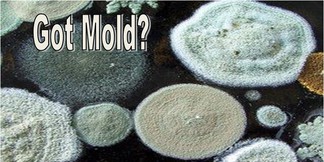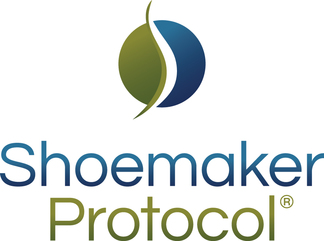How do you know if mold is making you sick?

Check your symptoms plus an online screening you can do now.
Although it’s gaining more awareness, most people and doctors are still unaware that exposure to moldy environments can cause serious illness.
Take a moment to learn if you could have symptoms that stem from mold illness (also known as biotoxin illness or CIRS), and begin your diagnosis process now.
Because it is still largely unrecognized, and most physicians are not familiar with mold toxicity or “mold illness,” its important to advocate for yourself if you suspect your symptoms could be mold/biotoxin related.
Many chronic mold exposure symptoms are misdiagnosed as moldy environments are rarely considered as the underlying cause.
First, here’s a look at what constitutes “mold illness”…
- Mold illness is also known as biotoxin illness or CIRS from water-damaged buildings. It is an environmentally acquired illness.
- Chronic Inflammatory Response Syndrome or CIRS, is the larger umbrella under which mold illness falls.
- Symptoms of mold exposure are very similar to Lyme disease, and it is not uncommon for these conditions to occur simultaneously.
- The term mold illness or mold sensitivity is broadly used to refer to any chronic, non-allergic response to mold exposure.
Patients typically have multiple symptoms that affect various systems in their bodies. Mold or CIRS symptoms commonly include:
Blurred vision
brain fog
memory or concentration issues
fatigue
joint pain
diarrhea
appetite swings
heart palpitations
metallic taste in the mouth
anxiety
and many more
Note – these are not allergic reactions, such as sneezing, itchy eyes, and hay fever. They are chronic health conditions.
Get started right now… Verify your symptoms with an Online Visual Contrast Screening (VCS).The process is simple, and you’ll have results today plus a report to share with your physician.
The next step is finding a physician who will work with you and the Shoemaker Protocol, diagnosis through recovery. If you don’t find a certified practitioner near you, point your physician to the “Resources for Physicians” located in our site’s main navigation.
No doctor, practitioner, or naturopath can diagnose you correctly without the proper tests, which are located on our site to support you and your practitioner. DiagnosisTesting Info is Available Here.
Many resources are cropping up that aren’t Shoemaker Protocol-based. Be sure to find out if their tests and protocols follow the Shoemaker Protocol guidelines (which have gone through stringent medical testing protocols, and are published and peer-reviewed – other systems out there are not). Thousands of patients have recovered and returned to a healthy life again using the Shoemaker Protocol and testing system.
If you do in fact have multi-symptom/system biotoxin illness, full recovery requires the multi-step Shoemaker Protocol, and not other shortcuts or someone’s best guess. Your health is too important.
Start your path to recovery and restored health today… Survivingmold.com is here to support you all the way through. For the full scoop, a more complete symptom list, a look at the multi-step Protocol, and more, DOWNLOAD OUR FREE “GOT MOLD” GUIDE HERE.
Featured Resources for Community
The Surviving Mold Gift List
Give the precious gift of CIRS health & support with 10 gifts that keep on giving.
Shoemaker Protocol™ Quick Start:
The 3 initial steps to determine if mold is affecting you One of the most common questions we hear is, “how do I know if I have mold illness?” Rest assured, if you’re asking this question, you’ve come to the right place.
AirOasis The #1 CIRS Spring Cleaning Hack
Specialized air purifiers are revolutionizing deep cleaning, no matter the season. They’re a game changer for remediation purposes, too.
CIRS Spring Cleaning Checklist
Living with CIRS means cleaning and maintenance efforts must be ongoing and up to CIRS-safe standards. Spring is a perfect time to do a thorough examination and cleaning of the entire home and create a schedule for the year ahead.
CIRSX Annual Conference June 5-8, 2025 in Tempe, Arizona!
Early Bird Discount ends March 7!




